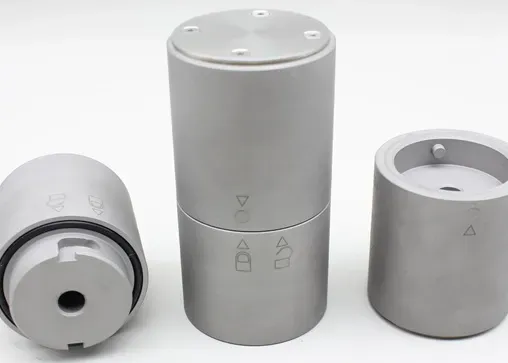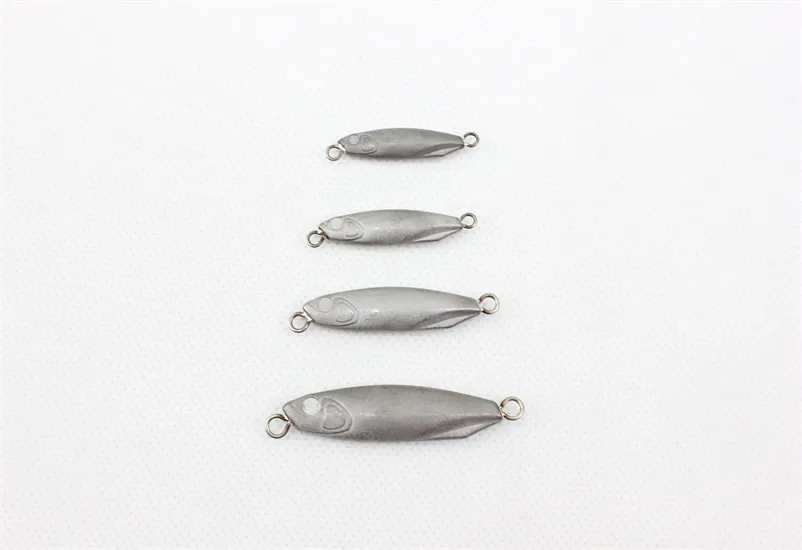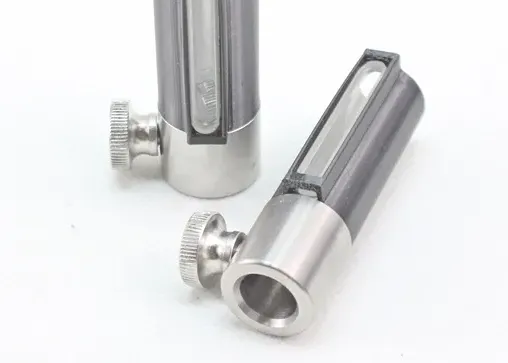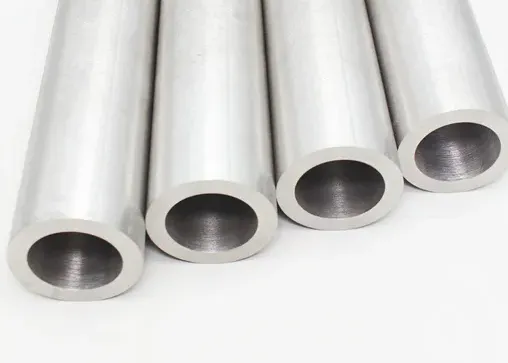Dose Tungsten Heavy Alloy Can Be Used for Die Casting?
Die casting is a manufacturing process that demands materials with exceptional resistance to extreme conditions, including elevated temperatures and pressures. These materials must also exhibit dimensional stability and wear resistance, ensuring their durability in the face of the process's demands. Among the many materials available, tungsten heavy alloys are increasingly gaining attention.
Tungsten heavy alloys are composites made primarily of tungsten (usually 90% or more) with small amounts of nickel, iron, or copper to enhance ductility and strength. Tungsten itself is renowned for its extremely high melting point (around 3422°C), excellent hardness, and remarkable density. By alloying tungsten with other metals, the resulting materials retain tungsten's core advantages while improving workability.
These properties make tungsten alloys ideal candidates for applications demanding high mechanical performance under challenging conditions, such as aerospace components, radiation shielding, and military equipment. Given their robust characteristics, it’s reasonable to consider whether they could also serve a role in die casting.
Die casting molds face intense mechanical and thermal stresses during the injection of molten metal. As a result, mold materials must exhibit:
High melting points to avoid deformation
Excellent thermal conductivity for rapid cooling
Superior wear resistance to extend service life
High strength to withstand repeated mechanical impacts
Tungsten block and tungsten brick structures inherently meet these requirements. Their outstanding hardness and resistance to thermal fatigue allow them to maintain integrity over prolonged die casting cycles. In high-volume production environments, where downtime and mold maintenance costs are significant concerns, switching to molds or mold inserts made from tungsten alloys could result in higher efficiency and lower overall costs.
When discussing practical applications, it's important to differentiate between full-mold applications and partial (insert) usage.
Mold Inserts: Rather than making entire molds from tungsten block, manufacturers often use tungsten alloy inserts at high-wear or high-temperature zones within steel molds. This hybrid approach combines the cost-effectiveness of steel with the durability of tungsten where it matters most.
Core Pins and Sleeves: In parts of the die that experience the most thermal shock, like core pins, sleeves, and sprue bushings, tungsten heavy alloys show exceptional performance, reducing wear and heat checking.
Prototype Molds: Although costlier than traditional mold materials, tungsten bricks can be invaluable for short-run, high-precision projects where mold performance is critical.
Specialized Die Casting Applications: For highly corrosive metals or parts requiring ultra-tight tolerances, tungsten-based molds offer unmatched performance.
Notwithstanding the numerous advantages inherent in the use of tungsten alloys in the context of die casting, the process is not without its challenges:
Cost: Tungsten materials are more expensive than traditional mold steels. However, their longevity can offset initial costs over time.
Machinability: Tungsten heavy alloys are harder to machine, necessitating specialized equipment and techniques.
Weight: The high density of tungsten block makes handling and installation more challenging, especially for large mold components.
Thus, manufacturers must carefully assess whether the benefits of tungsten's superior properties outweigh these challenges for their specific die casting application. So tungsten heavy alloys can absolutely be used in die casting, particularly in critical applications where thermal resistance, wear resistance, and durability are paramount. Although full molds made entirely of tungsten are rare due to cost and machining difficulties, strategic use of tungsten block and tungsten brick inserts within conventional molds is an increasingly popular solution.
In the context of industrial endeavours that are oriented towards enhancing die life, enhancing product quality, and increasing production efficiency, the exploration of the capabilities of tungsten alloys is not merely recommended. It is considered a potentially transformative strategy.

 EN
EN AR
AR FR
FR DE
DE HI
HI IT
IT JA
JA KO
KO PT
PT RU
RU ES
ES ID
ID LV
LV VI
VI HU
HU MS
MS GA
GA BE
BE YI
YI EU
EU


